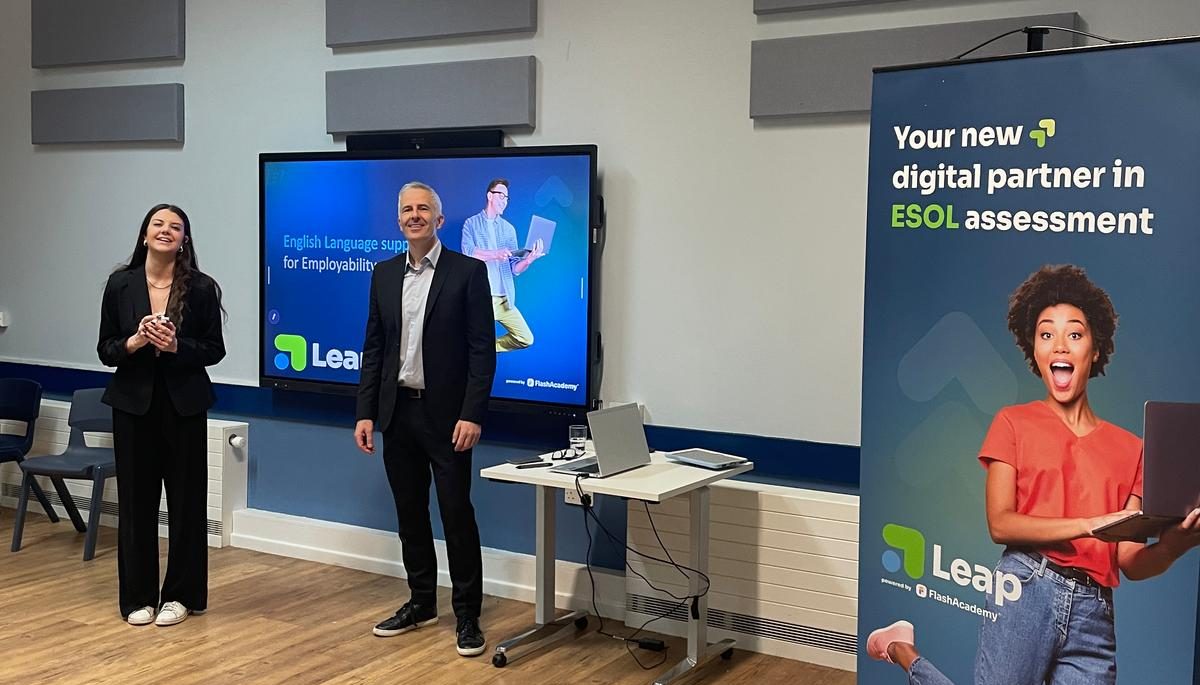

On stamps, coins, television or in person, the Queen’s face is easily recognisable. Similarly, you may meet a new person as an adult but that doesn’t mean you can’t recognise them. Research by Martelli, Majaj and Pelli (2005) suggests the same part of the brain which recognises features of faces is also able to distinguish and read different words – whether they are handwritten, typed, in cursive or different colours. Just like you can recognise a face in photos, in real life and when the person is wearing make-up!
This is good news for learners who have limited formal education! This shows that you are never too old to learn how to read, because the brain uses familiar functions. Motivated learners can become literate very quickly. This blog investigates how to encourage learners to read.

Countries with the lowest literacy rates
There are many reasons why a learner may not have had the opportunity to read. Whilst UNESCO found the global literacy is increasing, there is still illiteracy present in the world. The top 5 countries with the highest youth illiteracy (aged 15-24) are as follows:
- Chad – literacy rate 31%
- Central African Republic – literacy rate 38%
- Niger – literacy rate 40%
- Guinea – literacy rate 46%
- South Sudan – literacy rate 48%
However, not all countries have data in this report and refugees are especially likely to have disrupted schooling. It’s important to note that these results are combined male and female literacy rates and women’s global literacy is still behind men’s. Therefore, many adolescents and adults may not have had the opportunity to learn to read.
Which language should someone learn to read in?
So, should you teach an older learner to read in English or their home language? This is still an important area of discussion. For learners new to English, it might be easier to teach their home language. The knowledge that letters represent sounds (the grapheme-phoneme correspondence) can be transferred from their home language to English and this concept is easier to grasp in a language the individual is familiar with.
Most importantly, learners should learn to read in a language which motivates them. Self-motivation is one of the key factors to learning to read for the first time. Through using FlashAcademy’s Phonics lessons, learners can gain a greater awareness of grapheme-phoneme correspondence and the Letters and numbers lessons help learners to practise writing graphemes.
Using literature circles to encourage reading
Literature circles are a way to encourage pleasure reading. The learners find a literature circle based around interests of the group. Then, the group discusses the chapter or book in depth, looking at characters, author’s style and any intriguing vocabulary. By choosing a book based on interest, the learners are more likely to see the value in reading and improve their literacy skills. Pleasure reading is highly beneficial to both children and adults progressing in language learning.

If there are enough speakers of each home language, groups could read a book in their home language and discuss themes about the book in English. Not to mention the learner might find a text in their home language more relatable.
Working with adult students
Teaching English to adult learners in general can sometimes be more challenging than teaching children. Returning to the classroom can be stressful for many reasons: previous English lessons which didn’t ‘stick’; previous whole-school experience was generally unhappy; afraid they are ‘too old’ to learn.
FluentU gives some great tips on keeping your student learners motivated, engaged and confident to be in the classroom. In the meantime, why not check out our very own literacy resources?

